Hydroponics for Beginners: The Ultimate Guide to Thriving Without Soil
Table of Contents
ToggleHydroponics for Beginners: The Ultimate Guide to Thriving Without Soil
Introduction
Hydroponics is revolutionizing modern agriculture, offering an innovative and sustainable way to grow fresh fruits, vegetables, and herbs without soil. Whether you are an urban gardener, a commercial farmer, or just an enthusiast looking to grow food at home, hydroponics can be a game-changer. This guide on Hydroponics for Beginners will cover everything you need to know to get started, from the basics of hydroponic farming to the essential equipment and best practices.
What is Hydroponics?
Hydroponics is a method of growing plants using nutrient-rich water instead of soil. This technique allows for faster plant growth, better resource efficiency, and year-round cultivation. Since hydroponic systems deliver nutrients directly to plant roots, they require less water and space compared to traditional farming methods.
Benefits of Hydroponics
Hydroponics offers several advantages over traditional farming, making it an attractive option for both beginners and professionals. Here are some key benefits:
- Faster Growth and Higher Yields – Plants grow up to 50% faster due to direct nutrient absorption.
- Water Conservation – Uses up to 90% less water compared to soil-based farming.
- Space Efficiency – Ideal for small spaces, urban gardening, and vertical farming.
- Fewer Pests and Diseases – Reduced risk of soil-borne diseases and pests.
- Year-Round Growing – Controlled environments allow cultivation in any season.
Types of Hydroponic Systems
There are several types of hydroponic systems, each suited for different plants and growing environments. As a beginner, it’s essential to choose a system that fits your needs and resources.
In a DWC system, plants are suspended in a nutrient-rich water solution, with roots submerged for direct nutrient absorption. An air pump ensures proper oxygen supply, making it a simple and effective method for beginners.
NFT systems use a continuous flow of nutrient solution over plant roots. This system works well for leafy greens and herbs, offering excellent nutrient uptake and growth efficiency.
One of the simplest hydroponic systems, the wick system uses a wick to draw nutrients from a reservoir to plant roots. It requires no electricity or moving parts, making it an excellent choice for beginners.
A drip system delivers nutrient solutions to plants through a network of tubes. It is widely used in commercial hydroponics and allows for precise nutrient control.
Aeroponic systems suspend plants in the air while misting the roots with a nutrient solution. This method promotes rapid growth and high oxygen levels but requires advanced equipment and maintenance.
Essential Equipment for Hydroponics
To start with Hydroponics for Beginners, you will need the following basic equipment:
- Growing Containers or Trays – Holds the plants and supports their roots.
- Nutrient Solution – A balanced mix of essential nutrients for plant growth.
- Water Pump and Air Pump – Helps circulate and oxygenate the nutrient solution.
- Grow Lights (Optional) – If growing indoors, LED or fluorescent lights are recommended.
- pH and EC Meter – Ensures proper pH balance and nutrient concentration.
- Growing Medium – Common choices include coconut coir, perlite, vermiculite, and rock wool.
-
Bacteria: The Remarkable Role of Microbes for Growing Plants in Hydroponics
-
Hydroponics: The Rookie Mistakes of Growing Plants
-
Chlorine: The Incredible Key to Thriving Hydroponic Plants
-
Molybdenum: Astonishing Importance for Hydroponic Plant Growth
-
Boron: The Astonishing Importance for Plants Growing in Hydroponics
-
Copper: A Powerful Element for Hydroponic Plant Growth
-
Zinc: The Powerful Secret to Hydroponic Plant Growth
-
Manganese: Essential role for Hydroponic Plant Growth
-
Iron: The Crucial Role of Iron in Hydroponic Plant Growth
-
Sulfur: The Vital Key to Thriving Hydroponic Plant Growth
-
Magnesium: The Crucial Role for Thriving Hydroponic Plants
-
Calcium: The Critical Importance for Thriving Hydroponic Plants
Best Plants for Hydroponic Farming
Some plants adapt better to hydroponic systems than others. Here are some great choices for beginners:
Easy-to-Grow Plants:
- Lettuce
- Spinach
- Basil
- Mint
- Green onions
Intermediate Level Plants:
- Strawberries
- Peppers
- Cucumbers
- Tomatoes
- Beans
Advanced Plants:
- Blueberries
- Melons
- Potatoes
Common Mistakes to Avoid in Hydroponics
Ignoring pH Levels
Maintaining the right pH level (typically between 5.5 and 6.5) is crucial for plant nutrient absorption.
Using the Wrong Nutrients
Plants need the right balance of macronutrients (Nitrogen, Phosphorus, Potassium) and micronutrients.
Overcrowding Plants
Ensure adequate spacing between plants to avoid competition for light and nutrients.
Poor Oxygenation
Roots need oxygen to thrive, so using an air pump is essential.
Neglecting System Maintenance
Regularly clean and check your hydroponic system to prevent algae growth, clogs, and nutrient imbalances.
Tips for Success in Hydroponics
Start
Small
Begin with a simple system like Deep Water Culture before moving to advanced setups.
Monitor pH
and EC Levels
Regularly check water quality for optimal plant health.
Use High-
Quality Nutrients
Invest in nutrient solutions specifically designed for hydroponics.
Ensure Proper
Lighting
Natural sunlight or LED grow lights are essential for photosynthesis.
Keep It
Clean
Prevent mold, bacteria, and algae by maintaining a clean system.
Conclusion
Hydroponics is an exciting and sustainable method of growing fresh, healthy food with minimal resources. Whether you’re a beginner or an experienced gardener, hydroponics offers a rewarding way to cultivate plants efficiently. By following the right techniques and avoiding common mistakes, you can set up a successful hydroponic garden at home or commercially.
Are you ready to dive into the world of Hydroponics for Beginners? Start small, experiment with different systems, and enjoy the benefits of soil-free gardening!
Frequently Asked Questions (FAQs)
Q1. Is hydroponics better than traditional farming?
Q2. Can I grow any plant using hydroponics?
Q3. Do hydroponic plants need sunlight?
Q4. How often should I change the nutrient solution?
Q5. Is hydroponics suitable for beginners?
Latest Stories:-
- All Posts
- Hydroponics
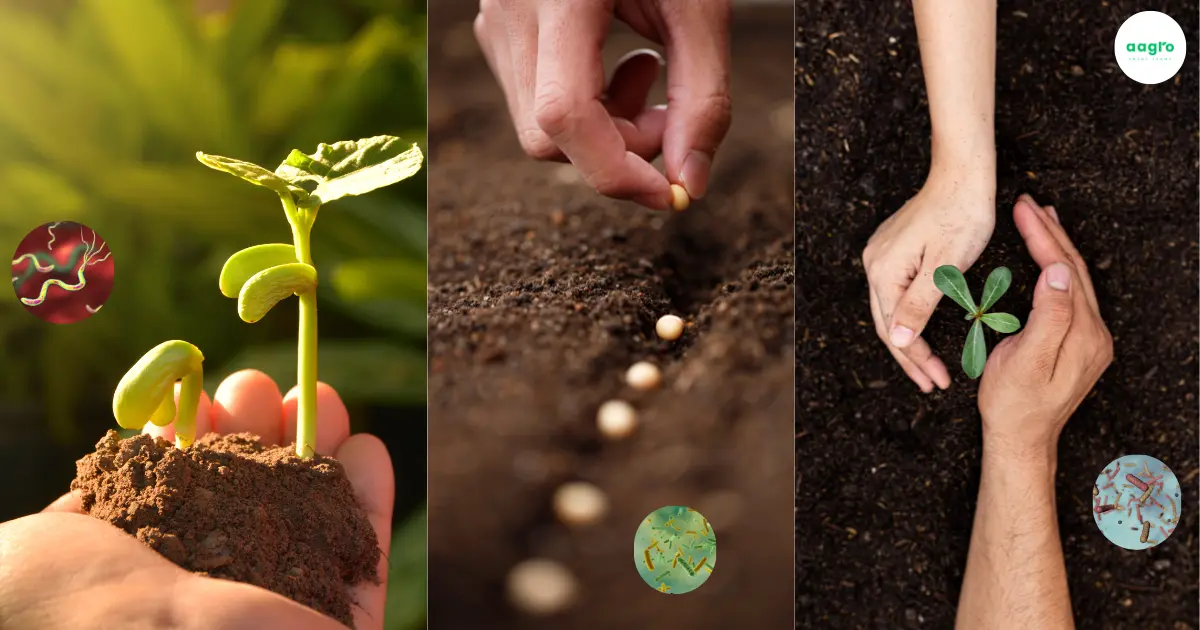
Bacteria in Hydroponics: Discover how beneficial bacteria boost plant growth, nutrient uptake, and disease resistance in soilless systems.
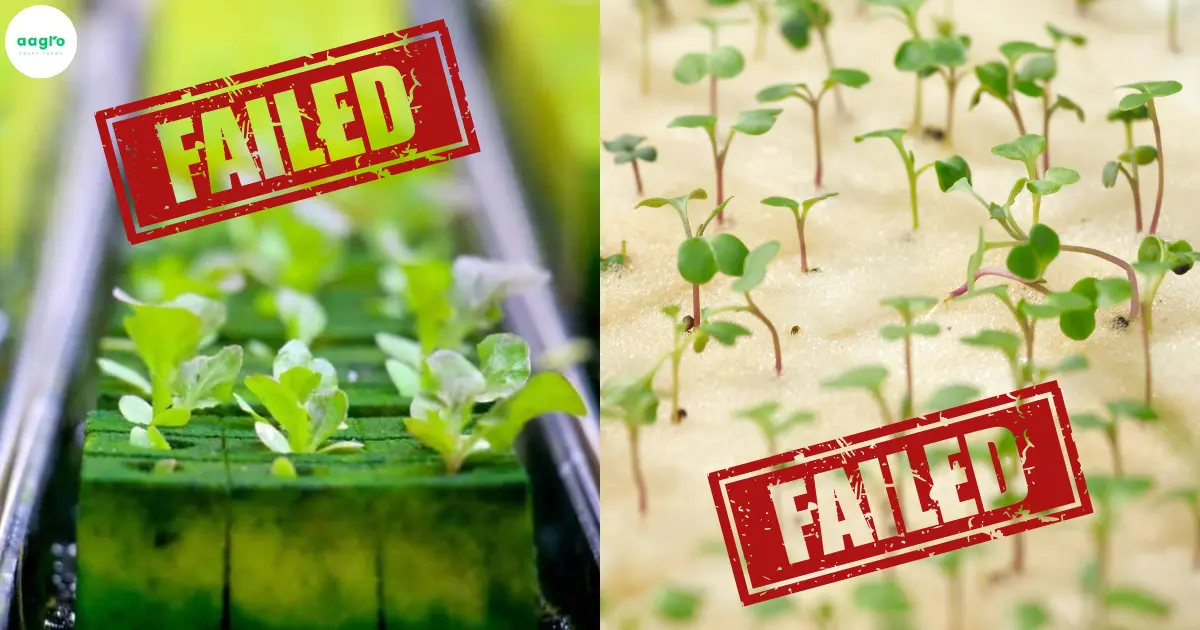
Discover the most common rookie mistakes in hydroponics and learn how to avoid them for thriving, high-yield plants.

Discover the crucial role of Chlorine in hydroponics and learn how to optimize levels for thriving, disease-resistant plants!
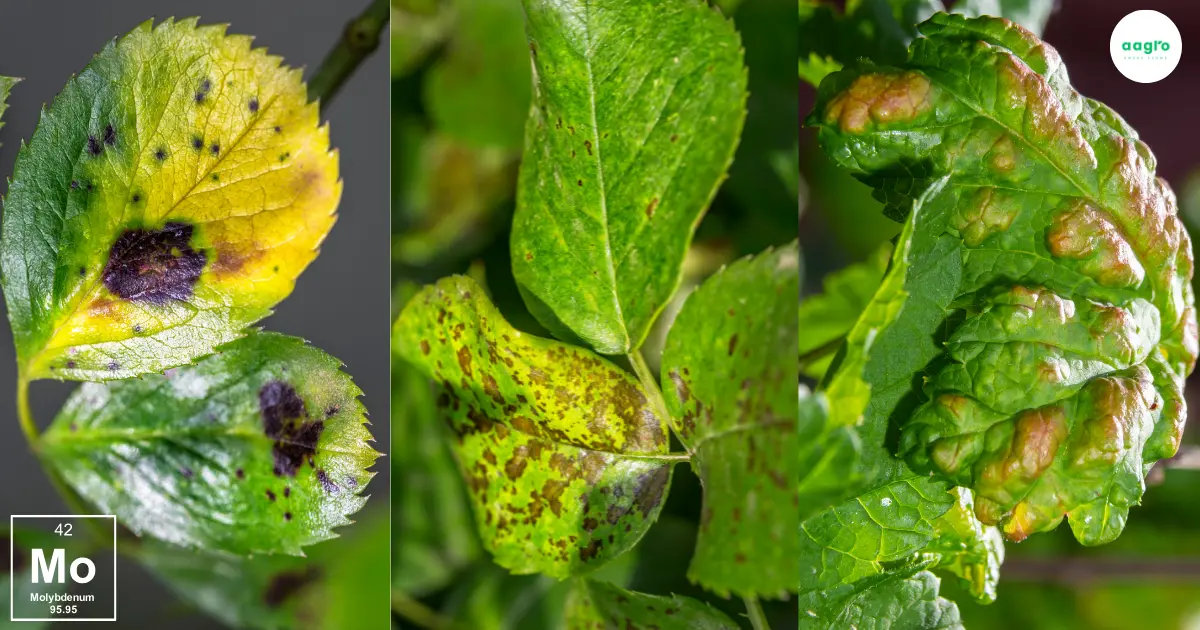
Unlock the secret to thriving hydroponic plants with molybdenum! Discover its vital role in growth, flowering, and stress tolerance.

Discover the vital role of Boron in hydroponic plant growth. Learn how to manage Boron levels for healthier, high-yield crops.
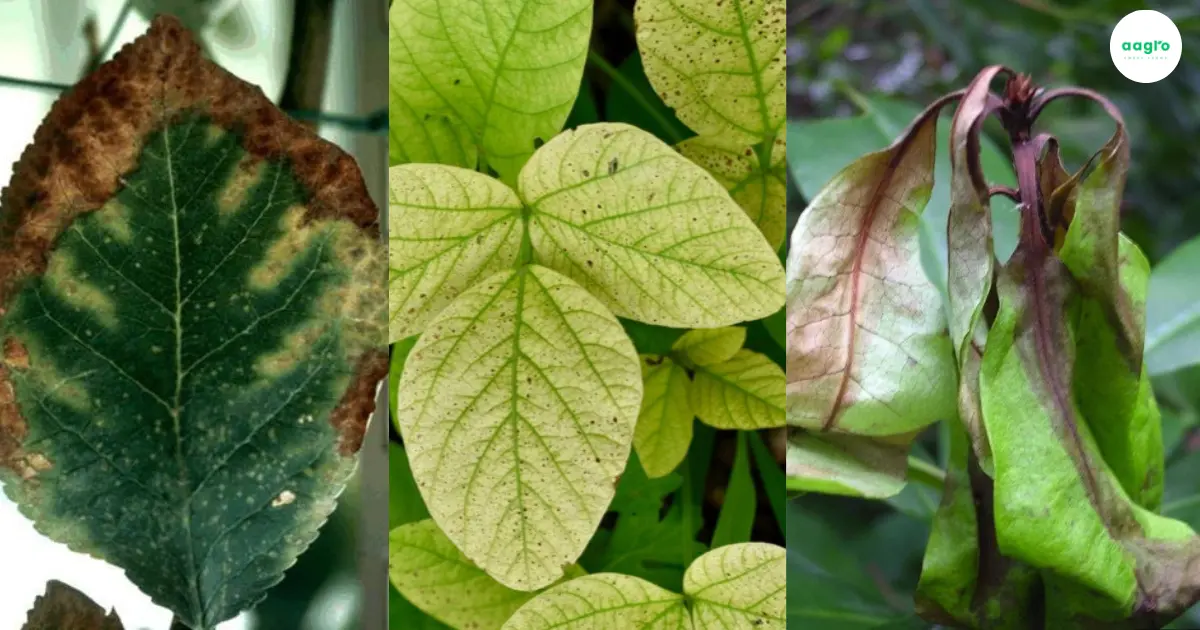
Copper is vital for hydroponic plant growth, enhancing photosynthesis, enzyme activation, and disease resistance for healthier, thriving crops.
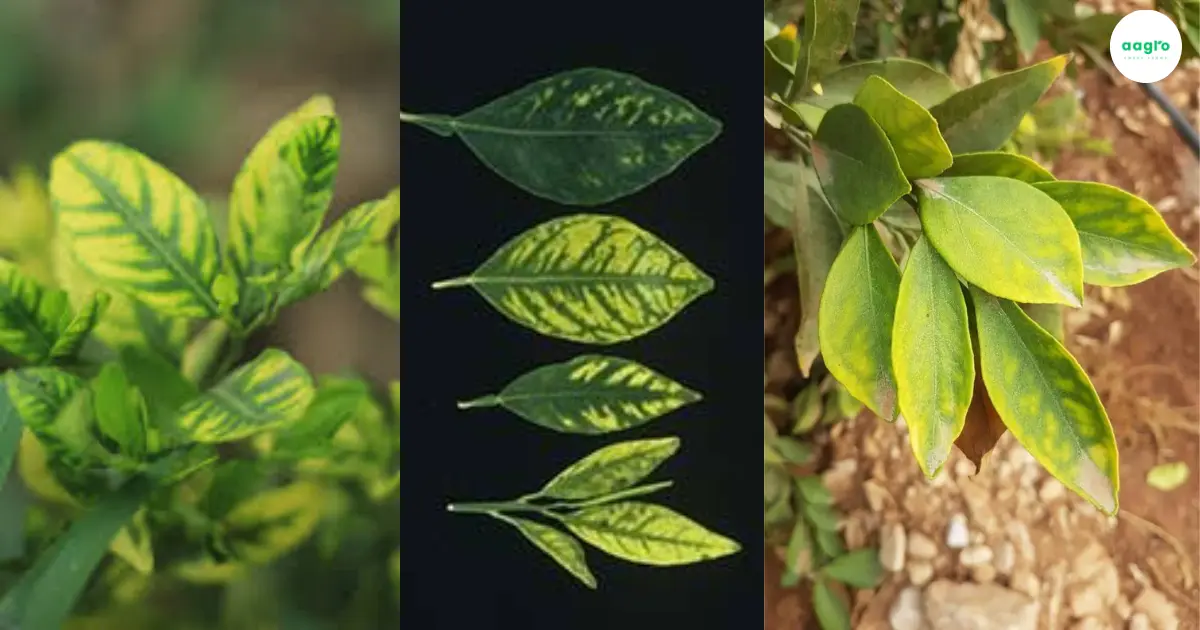
Zinc is essential for hydroponic plant growth, aiding enzyme activation, nutrient absorption, and disease resistance for healthy yields.
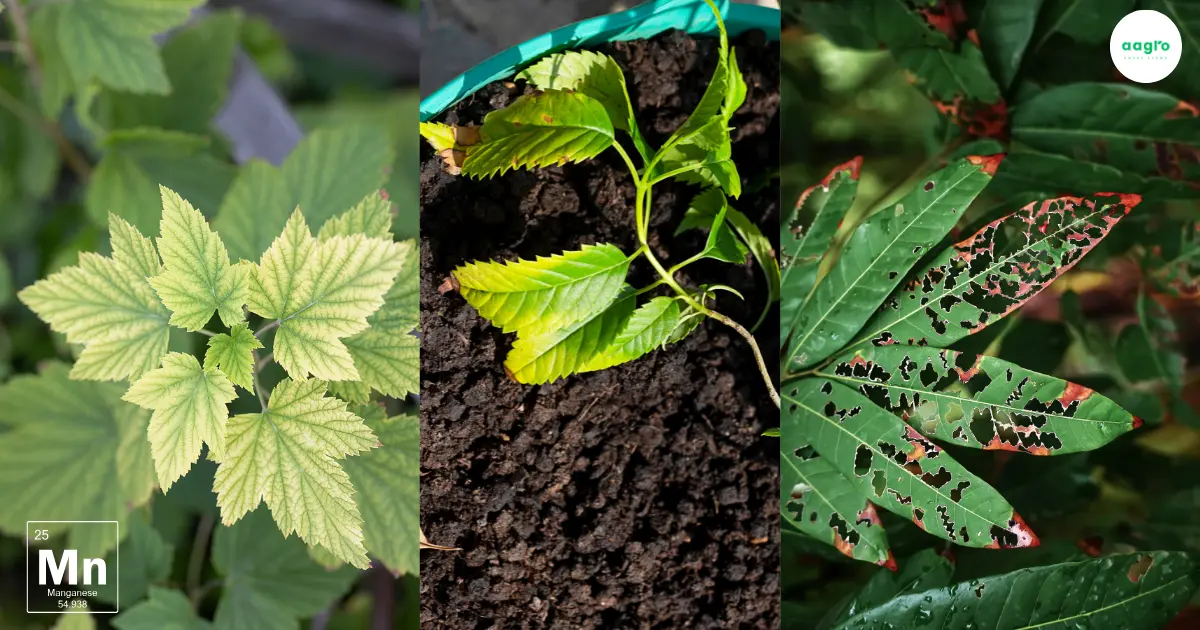
Discover the crucial role of manganese in hydroponics, from boosting photosynthesis to preventing deficiencies and optimizing plant health.

Iron is essential for hydroponic plant growth, aiding photosynthesis, enzyme activation, and nutrient absorption for healthier, higher yields.

